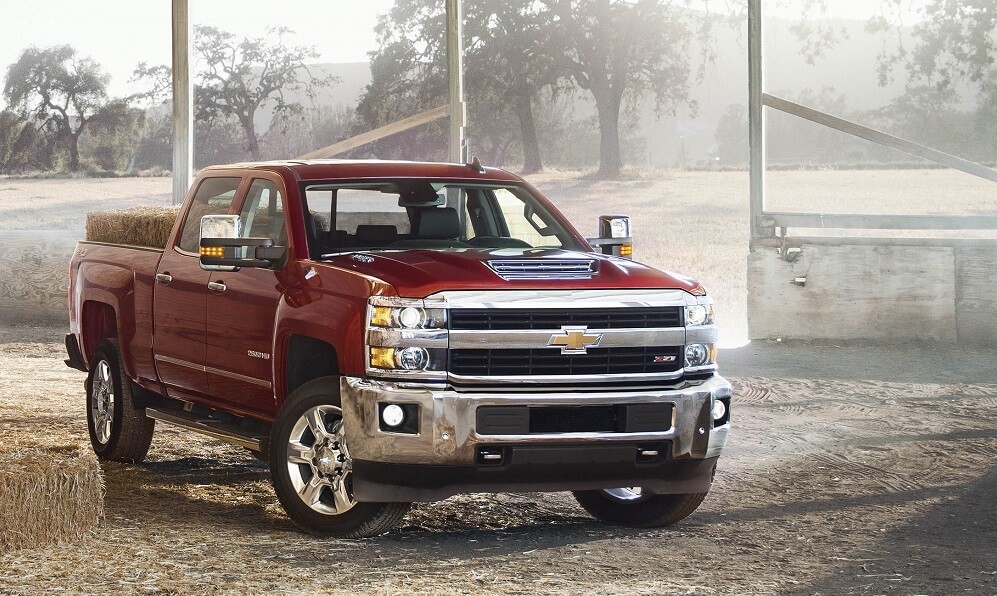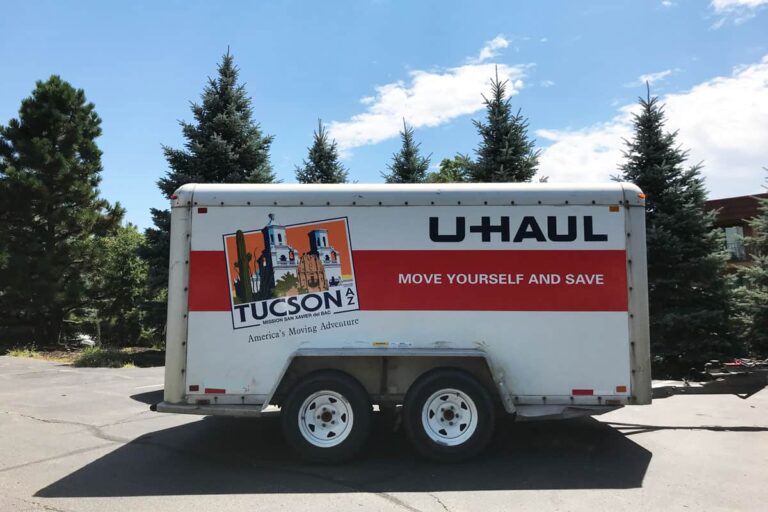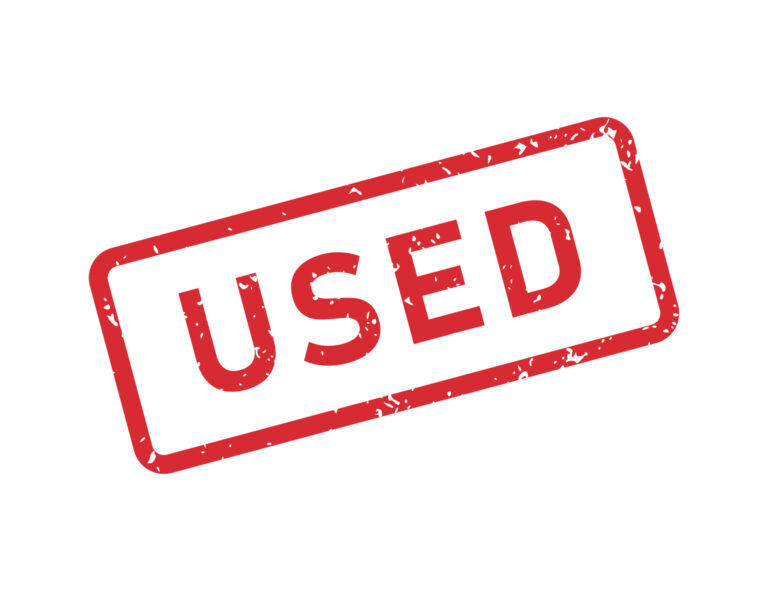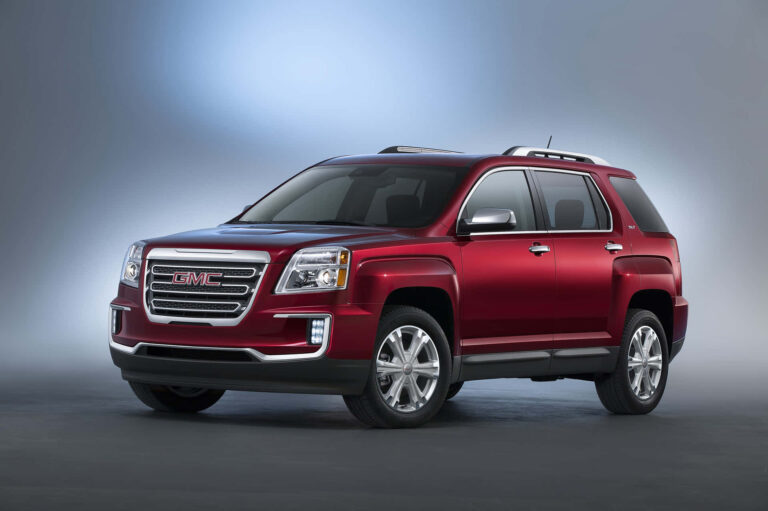Used Chevy 2500 Trucks For Sale: Your Comprehensive Buying Guide
Used Chevy 2500 Trucks For Sale: Your Comprehensive Buying Guide cars.truckstrend.com
The Chevrolet Silverado 2500HD, often simply referred to as the Chevy 2500, stands as a titan in the heavy-duty pickup truck segment. Renowned for its formidable towing and hauling capabilities, robust construction, and enduring reliability, it’s a vehicle built to tackle the toughest jobs. For many, a new 2500HD might be out of reach, making the used market an incredibly appealing avenue. Buying a used Chevy 2500 offers a fantastic opportunity to acquire a powerful workhorse at a significantly lower cost, providing exceptional value and performance that can last for hundreds of thousands of miles. This comprehensive guide will navigate you through everything you need to know about finding, evaluating, and purchasing a used Chevy 2500 truck.
Used Chevy 2500 Trucks For Sale: Your Comprehensive Buying Guide
Why Choose a Used Chevy 2500? The Undeniable Advantages
Opting for a used Chevy 2500 isn’t just about saving money; it’s about smart investment in a proven platform. Here’s why these trucks are a perennial favorite on the pre-owned market:
- Significant Cost Savings: The most obvious benefit. New trucks depreciate rapidly, especially in the first few years. Buying used means you avoid this initial depreciation hit, getting more truck for your money.
- Proven Reliability: Chevy 2500s, particularly those equipped with the Duramax diesel engine, are legendary for their longevity and durability. Many owners report well over 200,000 to 300,000 miles with proper maintenance.
- Exceptional Capability: Whether you’re towing a large RV, a heavy equipment trailer, or hauling a bed full of materials, the 2500HD is engineered for serious work. Its high payload and towing capacities often exceed the needs of most users.
- Wide Availability: Due to their popularity and long production run, there’s a vast selection of used Chevy 2500 trucks across various model years, trims, and configurations, making it easier to find one that fits your specific needs and budget.
- Less Depreciation: Unlike a new truck that loses a significant portion of its value quickly, a used 2500 will depreciate at a much slower rate, potentially offering better resale value down the line.

Understanding the Chevy 2500 Lineup: Generations, Engines, and Trims
Before you begin your search, it’s helpful to understand the evolution of the Chevy 2500. While the "2500HD" designation became standard in 1999, the heavy-duty Silverado has gone through several generations, each offering distinct features and improvements.
- GMT800 (1999-2007 Classic): The first generation to truly solidify the "Silverado HD" name. Known for its robust build.
- Engines: 6.0L Vortec V8 (gas), 8.1L Vortec V8 (gas), 6.6L Duramax LB7/LLY/LBZ diesel.
- GMT900 (2007-2014): Introduced a more modern design, improved interiors, and enhanced capability.

- Engines: 6.0L Vortec V8 (gas), 6.6L Duramax LMM/LML diesel.
- K2XX (2015-2019): Significant interior and exterior redesigns, improved aerodynamics, and updated technology.
- Engines: 6.0L Vortec V8 (gas), 6.6L Duramax LML/L5P diesel. The L5P Duramax, introduced in late 2016, saw a significant power bump.
- T1XX (2020-Present): A complete overhaul with a bold new design, even greater towing capacities, and advanced tech.
- Engines: 6.6L L8T V8 (gas), 6.6L Duramax L5P diesel.

Key Features to Consider:
- Engine Type: The choice between a gasoline V8 and the Duramax diesel is crucial.
- Gas (6.0L, 6.6L): Generally lower upfront cost, simpler maintenance, and quicker warm-up in cold weather. Excellent for general hauling and moderate towing.
- Diesel (6.6L Duramax): Superior towing and hauling capabilities, better fuel economy (especially under load), and incredible longevity. However, diesel models typically cost more to purchase and maintain (e.g., DEF fluid, more complex emissions systems).
- Trim Levels: From the basic Work Truck (WT) to the luxurious High Country, trims dictate features, interior quality, and price. Common trims include LT, LTZ, and Z71 (off-road package).
- Cab Configurations: Regular Cab (2-door), Double Cab (extended cab, smaller rear doors), and Crew Cab (4-door, largest rear seating).
- Bed Lengths: Standard Bed (approx. 6.5 ft) and Long Bed (approx. 8 ft).
- Drivetrain: 2WD (Two-Wheel Drive) or 4WD (Four-Wheel Drive). 4WD is essential for off-road use, snow, or slippery conditions.
What to Look For When Buying a Used Chevy 2500: A Detailed Inspection Guide
Thorough inspection is paramount when buying any used vehicle, especially a heavy-duty truck that may have seen hard work.
-
Vehicle History Report (CarFax/AutoCheck): This is your first line of defense. Look for:
- Accident History: Even minor accidents can lead to hidden damage.
- Service Records: Regular maintenance is a huge plus.
- Odometer Discrepancies: Ensure the mileage is consistent.
- Flood/Salvage Titles: Absolutely avoid these.
- Number of Owners: Fewer owners with good records are often better.
-
Exterior Inspection:
- Rust: Common on frames, wheel wells, rocker panels, and bed areas, especially in regions that use road salt. Check under the truck thoroughly.
- Body Panels: Look for uneven gaps, paint mismatches, or ripples, which can indicate previous collision repair.
- Tires: Check tread depth and even wear. Uneven wear can signal alignment issues or suspension problems.
- Lights & Glass: Ensure all lights work and there are no cracks in the windshield or mirrors.
-
Under the Hood (Engine & Fluids):
- Engine Leaks: Look for oil, coolant, or fuel leaks around the engine block, hoses, and lines.
- Fluid Levels & Condition: Check oil (should be golden brown, not black and sludgy), transmission fluid (red, not brown or burnt-smelling), coolant (proper level and color).
- Belts & Hoses: Look for cracks, fraying, or bulging.
- Battery: Check for corrosion on terminals.
- Duramax Specifics: Listen for unusual noises. Check for any signs of fuel injector issues (e.g., excessive smoke, rough idle, poor fuel economy on older models).
-
Interior Inspection:
- Wear and Tear: Check seats, steering wheel, and pedals for excessive wear that might not match the odometer reading.
- Electronics: Test all power windows, locks, infotainment system, climate control, and dashboard lights.
- Odors: Musty smells can indicate water leaks or mold. A strong chemical smell might point to previous cover-ups.
-
Underneath the Truck (Chassis & Drivetrain):
- Frame: Inspect for cracks, bends, or significant rust.
- Suspension: Look for leaking shocks/struts, worn bushings, or broken springs.
- Exhaust System: Check for rust, holes, or loose components.
- Driveshafts & U-Joints: Look for excessive play or signs of wear.
- Differentials & Transfer Case: Check for leaks.
-
Test Drive: This is critical.
- Cold Start: Listen for any unusual noises (knocks, squeals).
- Acceleration: Smooth and responsive? Any hesitation or power loss?
- Braking: Smooth and straight? No pulsing or pulling?
- Steering: Tight and responsive? No excessive play or pulling?
- Transmission: Shifts smoothly through all gears, both up and down? No slipping or harsh engagement?
- Listen for Noises: Pay attention to clunks, squeaks, or grinding sounds, especially over bumps or during turns.
- Check All Drivetrain Modes: If 4WD, engage 4-High and 4-Low to ensure they work.
-
Professional Pre-Purchase Inspection (PPI): Highly recommended. Even if you’re mechanically inclined, a certified mechanic specializing in heavy-duty trucks can identify issues you might miss, saving you potentially thousands of dollars in future repairs.
Pros and Cons of Buying a Used Chevy 2500
Pros:
- Excellent Value for Money
- Outstanding Towing and Hauling Capacity
- Robust and Durable Construction
- Strong Resale Value (for a used vehicle)
- Wide Range of Available Configurations
Cons:
- Lower Fuel Economy (especially gas models)
- Larger Turning Radius and More Challenging to Park
- Potentially Higher Maintenance Costs (especially diesel, or if deferred maintenance)
- Older Technology (on older models)
- Higher Insurance Premiums (compared to a half-ton truck)
Where to Find Your Next Used Chevy 2500
- Dealerships (New & Used): Offer certified pre-owned (CPO) options (often with warranties), financing, and trade-in services. Prices may be higher, but you get peace of mind.
- Private Sellers: Often offer the best prices, but require more due diligence on your part. You’ll need to handle financing, title transfer, and potentially inspections yourself.
- Online Marketplaces: Websites like AutoTrader, CarGurus, Cars.com, Craigslist, and Facebook Marketplace provide a vast inventory from both dealers and private sellers.
- Auctions: Can yield excellent deals, but come with the highest risk as vehicles are often sold "as-is" with limited inspection opportunities.
Tips for Negotiating and Sealing the Deal
- Research Market Value: Use sites like Kelley Blue Book (KBB) or Edmunds to determine a fair price based on year, mileage, condition, and features.
- Be Prepared to Walk Away: If the deal doesn’t feel right, or the seller isn’t flexible, be ready to move on. There are plenty of other trucks.
- Ask for Maintenance Records: A seller with detailed records demonstrates good care of the vehicle.
- Factor in Additional Costs: Budget for sales tax, registration, insurance, and any immediate repairs or maintenance (e.g., fluid changes, new tires).
- Consider Financing Options: Get pre-approved for a loan from your bank or credit union before visiting a dealership. This gives you leverage and a clear budget.
Estimated Price Ranges for Used Chevy 2500 Trucks
Please note: Prices are highly variable based on location, specific condition, mileage, engine type, trim level, and market demand. The table below provides general estimated ranges for various common scenarios. Always research current local market values.
| Model Year Range | Engine Type | Typical Mileage Range | Condition | Estimated Price Range (USD) | Key Considerations |
|---|---|---|---|---|---|
| 2000-2007 | Gas (6.0L/8.1L) | 150,000 – 250,000+ | Fair – Good | $5,000 – $12,000 | Older tech, potential for rust, simpler mechanics. |
| 2000-2007 | Duramax Diesel | 200,000 – 350,000+ | Good – Very Good | $10,000 – $20,000 | Legendary reliability, but watch for injector issues. |
| 2008-2014 | Gas (6.0L) | 100,000 – 200,000 | Good – Very Good | $12,000 – $22,000 | Improved interiors, still robust. |
| 2008-2014 | Duramax Diesel | 150,000 – 250,000 | Very Good | $20,000 – $35,000 | Strong LML Duramax, DPF/DEF systems introduced. |
| 2015-2019 | Gas (6.0L) | 70,000 – 150,000 | Excellent | $20,000 – $35,000 | Modern features, reliable gas engine. |
| 2015-2019 | Duramax Diesel | 80,000 – 180,000 | Excellent | $35,000 – $55,000+ | L5P Duramax is very powerful, higher initial cost. |
| 2020-Present | Gas (6.6L L8T) | 20,000 – 80,000 | Like New | $40,000 – $60,000+ | Newer body style, advanced tech, less depreciation. |
| 2020-Present | Duramax Diesel | 20,000 – 80,000 | Like New | $55,000 – $80,000+ | Top-tier towing, premium price, potentially warranty. |
Frequently Asked Questions (FAQ)
Q: What’s the best engine for a Used Chevy 2500: Gas or Duramax Diesel?
A: It depends on your needs. The Duramax diesel is superior for heavy and frequent towing, offers better fuel economy under load, and has a longer lifespan. However, it costs more upfront, and maintenance can be more expensive. The gasoline V8s are perfectly capable for lighter towing/hauling, have lower purchase prices, and simpler maintenance.
Q: What is the typical lifespan of a Chevy 2500?
A: With proper maintenance, a Chevy 2500 (especially a Duramax) can easily last 250,000 to 300,000 miles or more. Many owners report half a million miles with diligent care.
Q: Are there common problems to watch out for on Used Chevy 2500s?
A: Yes, specific issues can vary by generation:
- Older Duramax (LB7/LLY): Fuel injector issues (LB7 particularly), head gasket problems (LLY).
- All Generations: Rust on the frame, rocker panels, and wheel wells (especially in salty climates).
- Transmissions: While generally robust, some earlier Allison transmissions (paired with Duramax) might experience issues if not properly serviced or if abused. The 6L90 gas transmission can also have issues with hard use.
- Emissions Equipment (Diesel): Diesel Particulate Filters (DPF) and Diesel Exhaust Fluid (DEF) systems on newer models (2007.5+) can be expensive to repair if they fail.
Q: How much can a Chevy 2500 tow?
A: Towing capacity varies significantly by model year, engine, drivetrain, and configuration. Older models might tow 12,000-15,000 lbs, while newer Duramax-equipped 2500HDs can tow well over 18,000 lbs (and even over 20,000 lbs for the latest generations with specific configurations). Always check the specific truck’s owner’s manual or door sticker for its exact ratings.
Q: Is it expensive to maintain a Used Chevy 2500?
A: Maintenance costs are generally higher than for a half-ton truck due to larger components, more fluids, and specialized parts (especially for diesel engines). Diesel fuel is also often more expensive than gasoline. However, the robust build often means less frequent major repairs if the truck has been well-maintained.
Q: What’s the difference between a Chevy 2500 and a 2500HD?
A: For practical purposes in recent decades, "Chevy 2500" and "Chevy 2500HD" refer to the same heavy-duty truck. Chevrolet started consistently using the "HD" designation to differentiate its heavy-duty trucks from the lighter 1500 series. If you’re looking for a heavy-duty Silverado, you’re looking for a 2500HD.
Conclusion
A used Chevy 2500 truck represents an outstanding value proposition for anyone needing serious towing and hauling capabilities without the new truck price tag. Its reputation for durability, powerful engine options, and wide availability make it a compelling choice for contractors, ranchers, RV enthusiasts, and anyone who demands more from their pickup. By conducting thorough research, performing detailed inspections, and considering a professional pre-purchase inspection, you can confidently drive away in a reliable and capable Chevy 2500 that will serve you faithfully for many years and countless miles to come. Happy hunting!





